ESA Gaia is Mapping the Entire Galaxy with its Massive Sensor Array
On December 19th, we celebrate GAIA's 10th Anniversary: It’s a mission that has delivered for twice as long as planned, and with still more to come.
Launched in 2013, the European Space Agency’s (ESA) Gaia space satellite spent its core mission from 2014 to 2019 building a three-dimensional map of our galaxy. This map is the largest, most precise 3D catalog of our galaxy ever made, including 1.8 billion astronomical objects: stars, planets, comets, asteroids, quasars, and more. The goal of this huge stellar census is collecting data needed to answer key questions about the origin, structure, composition, and development of our Galaxy.
The Gaia mission may not be as widely known as its L2 neighbor, the James Webb Space Telescope, but it is very popular among scientists, powering huge new leaps in our understanding of our galaxy and its history. After the release of its second batch of data in 2018, the Gaia mission was generating on average five scientific papers a day. The third batch of data was released in 2022, and the fourth is yet to come.
Gaia is different from most other space telescopes. Instead of observing one scene at a time, Gaia scans the whole sky repeatedly, creating not just a map, but a map in motion. Over the course of its mission, Gaia monitors each of its target stars about 14 times per year, charting precise position, distance, speed, and luminosity over time to understand how they move and where they’re going.
Stars that move in sync, with similar composition, may have a common history, perhaps belonging to galaxies that were ‘swallowed’ by the Milky Way billions of years ago. Monitoring the large-scale motion of stars, may offer valuable new clues to the distribution of dark matter. The mission is also studying more than 1 million distant quasars and is finding new celestial objects like extra-solar planets and brown dwarfs, as well as hundreds of thousands of asteroids within our own Solar System.
The vast catalogue of celestial objects created from Gaia’s scientific haul is not only benefiting studies of our own Solar System and Galaxy, but also the fundamental physics that underpins our entire Universe, providing stringent new tests of Albert Einstein’s General Theory of Relativity.
How Gaia’s Imaging System Works: Photometry + Astrometry + Spectroscopy
Gaia is a space telescope, or rather, two space telescopes. Its telescopes focus and direct light into Gaia’s science instruments, determining the location of stars and their velocities, and splitting their light into a spectrum for analysis. Each telescope has a large (for satellites) 0.7 m2 primary mirror, shaped to best fit within the small spacecraft. Three curved mirrors and three flat mirrors then focus and fold the light over a total distance of 35 meters before it reaches the detectors.
During its mission, the spacecraft is spinning slowly, sweeping the two telescopes across the entire celestial sphere. As the detectors repeatedly measure the position of each celestial object, they are detecting the object’s motion through space as well as changes therein. The telescopes are off-axis from each other, separated by a basic angle of 99.4○, sharing a common focal plane. This allows Gaia to make two simultaneous observations at the same time, scanning along a shared imaging circle. This geometry is essential for building a reliable and coherent map of the whole sky, made up of miniscule (measured in micro arcseconds) scans.
This level of accuracy required scientists and engineers to build for extreme stability but also account for potential errors everywhere—in sensors, optics, and even the internal geometries of the system over time. For example, the Basic Angle Monitor (BAM) uses laser beams projected onto dedicated CCDs on the focal plane to actively track the angle between the two telescopes over time, preventing many tiny accuracies building up over time.
Animated three-dimensional view of Gaia’s payload module with the telescope elements and focal plane indicated. The two primary mirrors (M1 and M’1) each measure 1.45m × 0.5m and rest on top of the optical bench, with the mirrors and structural support all made of ultra-stable silicon-carbide material.
The accuracy of the system is incredible. Gaia can repeatedly measure the positions of all objects down to magnitude 20 (about 400,000 times fainter than can be seen with the naked eye). For all objects brighter than magnitude 15, Gaia can measure their positions to an accuracy of 24 microarc seconds, comparable to measuring the width of a human hair at 1000 km. Gaia can even measure the distance to stars nearly 30,000 light-years away, near the center of the Milky Way, with an accuracy of 20%.
The scope of Gaia’s survey is equally impressive, conducting:
- The largest ever low-resolution spectroscopic survey
- The largest ever radial velocity survey
- The largest ever collection of astrophysical data for stars in the Milky Way
- The largest ever survey for many classes of variable stars.
Its binary star survey will surpass all the work on binary stars to date. It will also survey the shape of galaxies in the local Universe. By the end of the mission, the data archive will exceed one Petabyte.
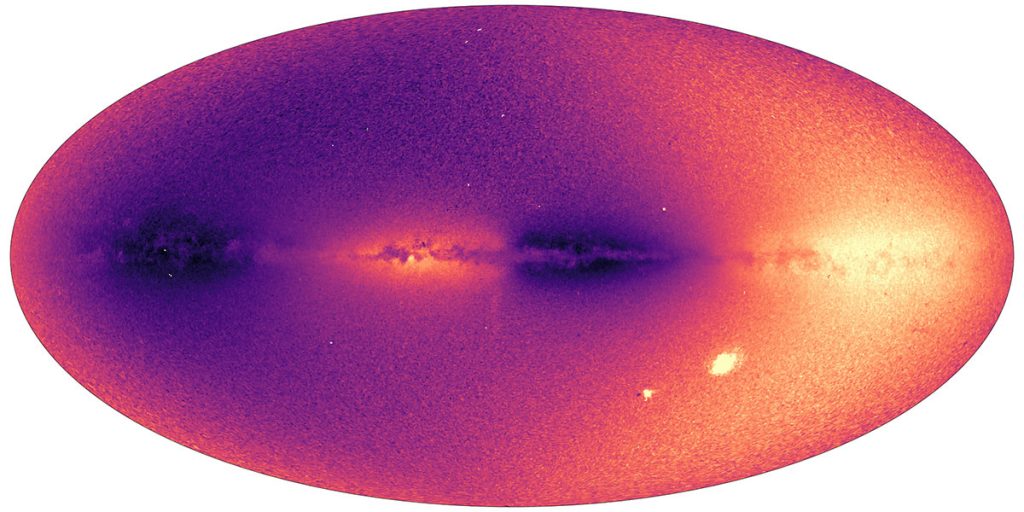
The Sensor
Each of Gaia’s three science instruments uses a set of CCD detectors to record, which combine to make up the largest focal plane ever built for a space mission, mosaicked together from 106 separate CCD detectors and totaling one billion pixels. Developed for the mission by Teledyne e2v in Chelmsford, UK, these rectangular detectors are a little smaller than a credit card, each one measuring 4.7×6 cm but thinner than a human hair. The completed mosaic is arranged in seven rows of CCDs, with the main array made of 102 detectors for star detection.
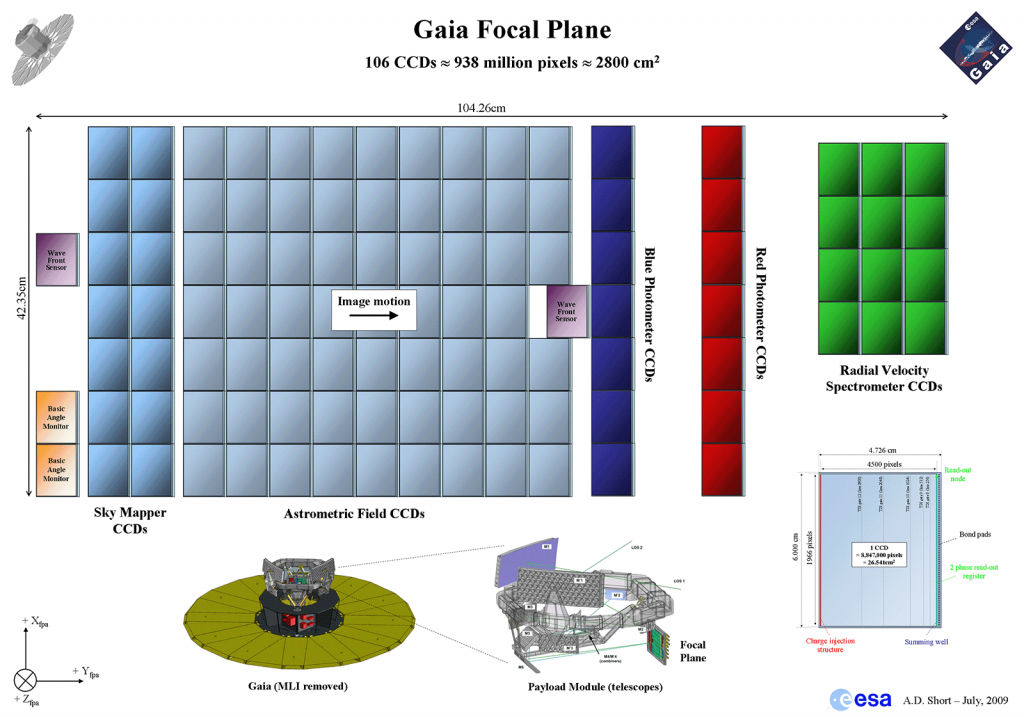
The focal plane is composed of distinct areas:
- Wave-front sensor (2 CCDs), used to measure the optical quality of each telescope
- Basic angle monitor (2 CCDs), used to monitor fluctuations in the basic angle
- The Sky Mappers, each consisting of 7 CCDs, identify which telescope is viewing the object and are used to communicate details of the star transits to the subsequent CCDs
- Main Astrometric Field, sampled by 62 CCD detectors, each read out in time-delayed integration mode synchronized to the scanning motion of the satellite
- Blue and Red Photometers, sampled by 14 CCDs, serve as Gaia’s photometric instrument and providing low resolution spectrophotometric measurements for each object over the wavelength range 330-680 nm (blue) and 650-1050 nm (red)
- Radial Velocity Spectrograph, registering spectra of all objects brighter than about 17th magnitude with 12 CCDs
From the very outset of the mission, the issue of CCD radiation sensitivity was known to be one of the key risk areas. There were extensive investments in identifying and testing specific radiation risks and finding ways to mitigate them. The solutions include shielding, operation at very low (-110C) temperatures, and the introduction of special CCD design features (supplementary buried channel) and operational modes (periodic charge injection).
Gaia’s CCD support structure, like much of the rest of the spacecraft, is made of silicon carbide – a ceramic like material, extraordinarily resistant to deforming under temperature changes. In addition, the effect of radiation on the CCDs was “calibrated” as a function of different operating parameters.
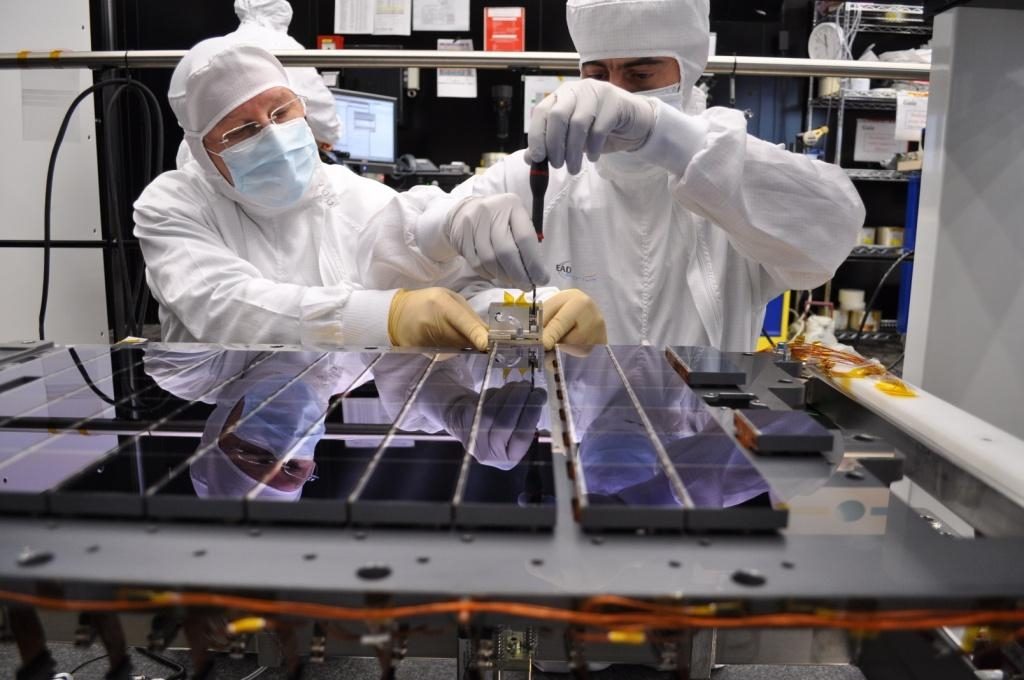
The result has been a resounding success, with the inevitable environmental damage to the sensor significantly below the value originally predicted. The mission has been extended to 2025, allowing for more images and more accurate measurements.
A new imaging pipeline for dense star clusters
Generally, the completeness of the Gaia catalogue is very high, but there were some gaps: a small number of densely populated regions had so many stars, that they exceeded the brightness limits of what Gaia could accurately image.
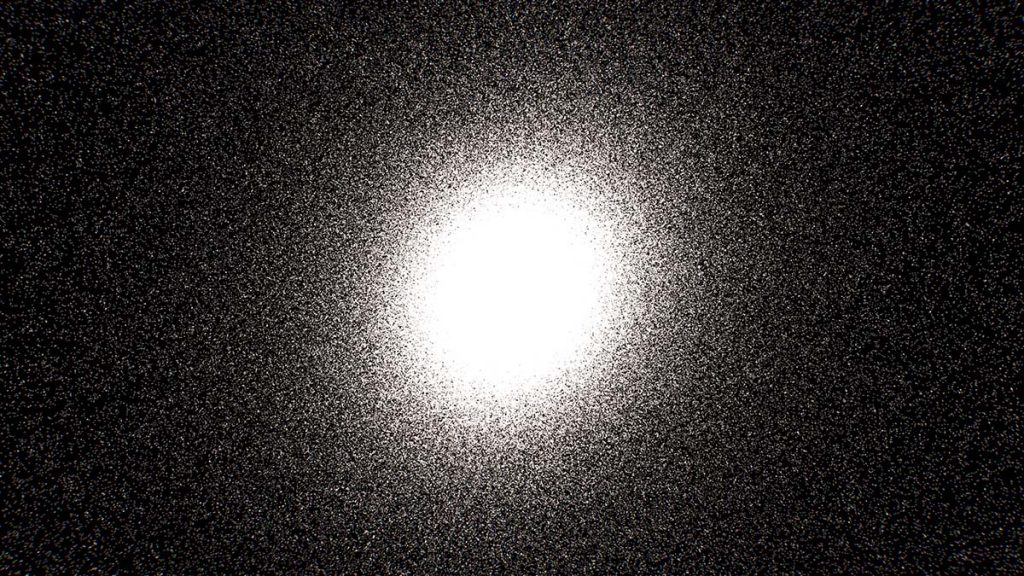
To solve this, scientists created a new imaging software pipeline that exploited features originally intended only for calibration, the “Service Interface Function,” which produced 2-dimensional images from Gaia’s SkyMapper. This was only possible because Gaia works in Time Delayed Integration (TDI) mode, where the charge is transferred to the adjacent pixel with the same speed with which the image of a source moves to the next pixel due to the controlled satellite rotation until it reaches the read-out register.
The new pipeline was able to improve the completeness of the survey of these bright areas by improving the depth of the scan three degrees of magnitude, and ten times as many sources, revealing some half a million new light sources. The results were cross-referenced with previous sky maps to ensure their reliability.
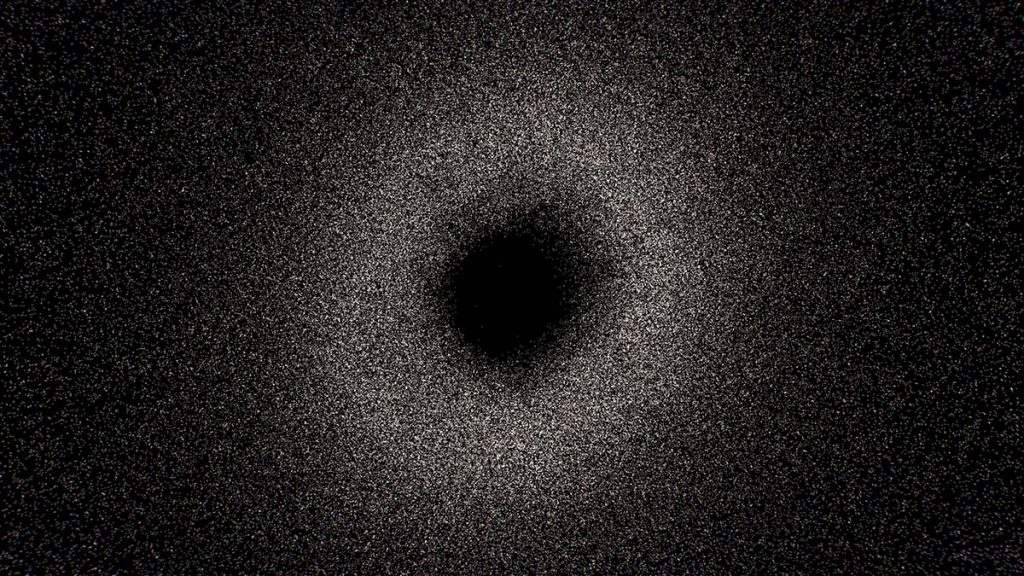
Looking forward….as far as we can go
Gaia NIR is now a proposed successor to the Gaia mission, refining and expanding on the current catalog with near-infrared imaging. This remains a huge challenge, as space-ready NIR TDI detectors are still under development. Still, there are promising technologies like Avalanche photodiode detectors.
In the meantime, it will still take years for Gaia to finish collecting and transmitting its findings. Gaia has already changed the study of space, virtually creating new fields of study like galactic archaeology and showing that our galaxy is even older than we thought. Using sophisticated algorithms, astronomers sift through the mission’s data looking for patterns in star motion, allowing them to ‘rewind’ the history of the Milky Way’s billions of years into the past…and perhaps into the future.
The most cataclysmic event in our galaxy’s story still lies ahead: the collision with the Andromeda galaxy, the nearest large galactic neighbor. Still 4.5 billion years away (long after our sun stops supporting life on Earth), we may be able to understand how it would play out.



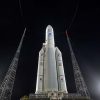 On the Way Up: How the James Webb Space Telescope Will Use Infrared to Study the Early Universe
On the Way Up: How the James Webb Space Telescope Will Use Infrared to Study the Early Universe 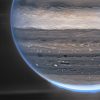 The James Webb Space Telescope: A New Look at Jupiter
The James Webb Space Telescope: A New Look at Jupiter 